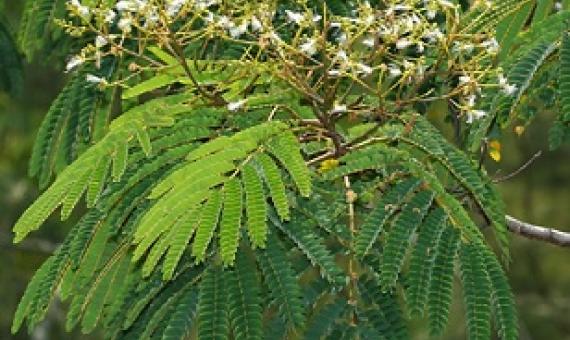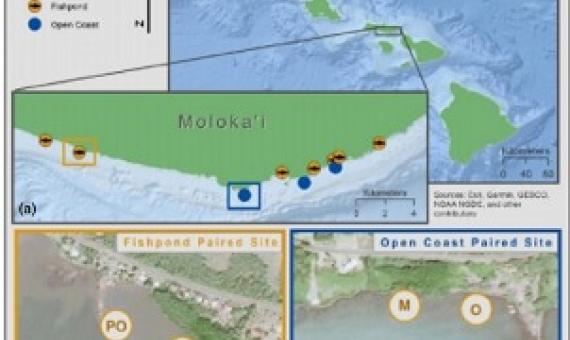For centuries, human activity has intentionally or unintentionally driven the spread of plant species to areas far outside their native habitat. On average, about 10% of non-native species worldwide become invasive, often causing large ecological and economic consequences for affected regions.
In a new paper published in the Journal of Applied Ecology, environmental science and management professor Elise Granek and lead author Casey Lewis, PSU alumna, report the findings of a census of zooplankton communities in non-native mangrove habitats and open coastline on the islan
Large-scale reforestation projects such as New Zealand’s One Billion Trees programme are underway in many countries to help sequester carbon from the atmosphere.
Marine Invasive Alien Species
Marine invasive species are currently recognized as one of the major direct causes of biodiversity loss and changes in ecosystem provisioning and supporting services. This dataset documents the recent progress in addressing their growing threat to ocean biodiversity and ecosystems.









